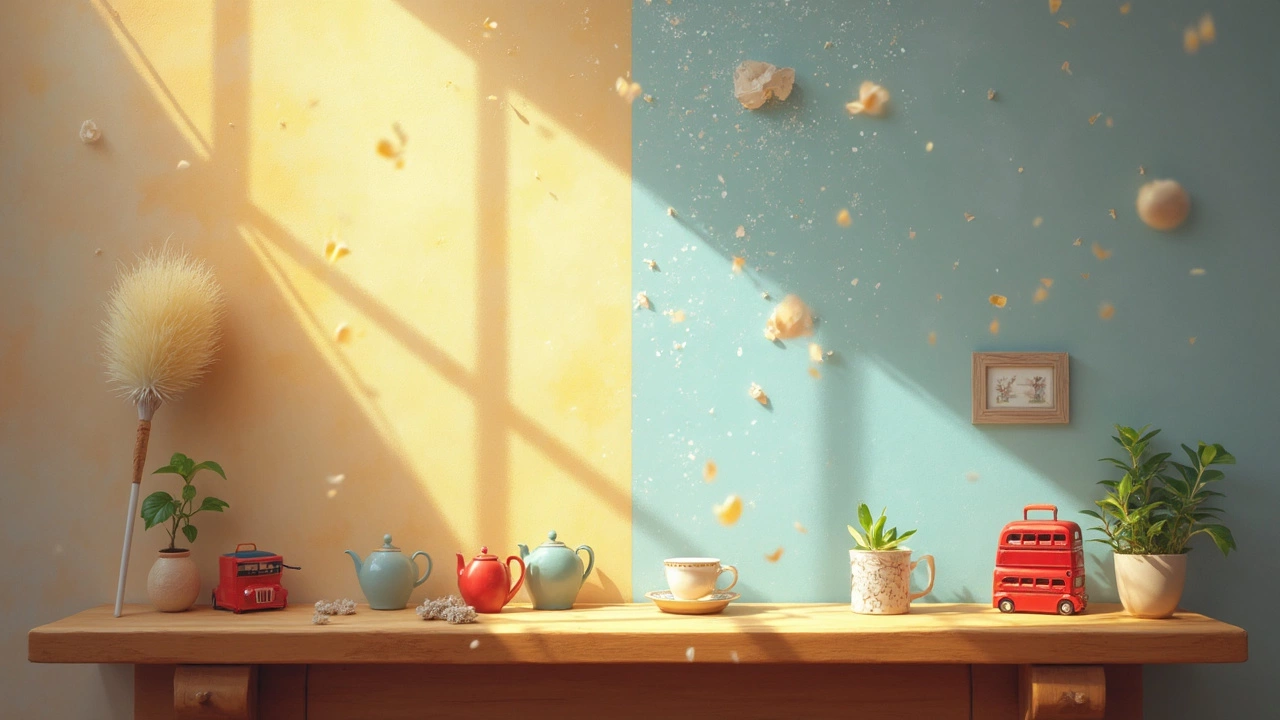Dry vs Wet Dusting: Choosing the Right Method for Every Surface
Ever wonder why some rooms look cleaner after a quick swipe with a dry cloth while others need a damp rag? The answer lies in the type of dust you’re dealing with and the surface you’re cleaning. Understanding the strengths of dry and wet dusting can save you time, effort, and even protect your belongings.
When Dry Dusting Is Your Best Bet
Dry dusting works wonders on delicate surfaces that can’t get wet, like electronics, upholstery, and fresh paint. A microfiber cloth or a soft feather duster lifts dust particles without spreading moisture that could cause streaks or damage. For everyday upkeep, grab a dry cloth and a quick swipe to keep dust from settling into vents or crevices.
One trick many pros swear by is folding the microfiber cloth into quarters. This gives you a clean side for each pass, reducing the chance of pushing dust around instead of removing it. If you notice a lot of static, a lightly dampened cloth can neutralize the charge without turning the job into a wet clean.
When Wet Dusting Shines
Wet dusting shines on smooth, hard surfaces like countertops, tiles, windowsills, and wood that’s sealed. A damp rag captures stubborn particles that cling to the surface, preventing them from scattering back into the air. Mix a few drops of mild dish soap with warm water for a gentle solution that cuts grime without leaving a sticky residue.
For wood floors or furniture, make sure the cloth is only slightly moist—not soaking. Too much water can seep into seams and cause swelling. Wring out excess liquid, then glide the cloth in the direction of the grain for a flawless finish.
Another handy tip: keep a spray bottle handy with a mixture of water and a splash of vinegar. Spritzing this onto a cloth gives you a quick, natural cleaner for glass, mirrors, and chrome, leaving everything shine‑free.
In a nutshell, dry dusting is perfect for quick touch‑ups and delicate items, while wet dusting tackles built‑up grime on hard, water‑friendly surfaces. Switching between the two based on the room and the material ensures you get the best results without over‑working your cleaners.
Next time you grab a cloth, pause for a second and ask: "Can this surface handle a little moisture?" If the answer is yes, go wet. If you’re unsure or the item is fragile, stick with dry. This simple decision can make your cleaning routine more efficient and keep your home looking its best.

Dry Dusting vs Wet Dusting: Which Method Really Works Best?
Find out whether dry or wet dusting gives better results for your home. Get proven tips, quirky facts, and make your cleaning easier.
Read More